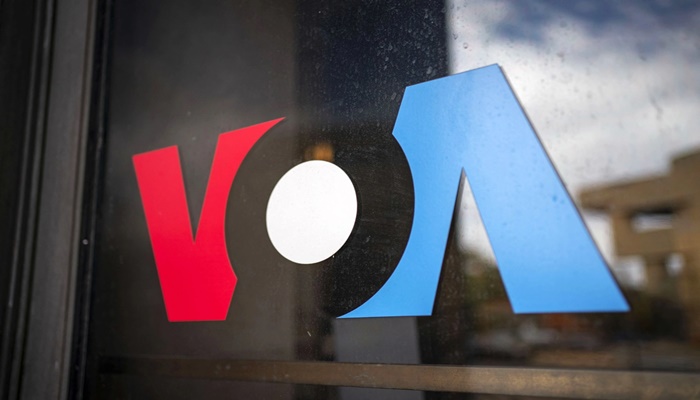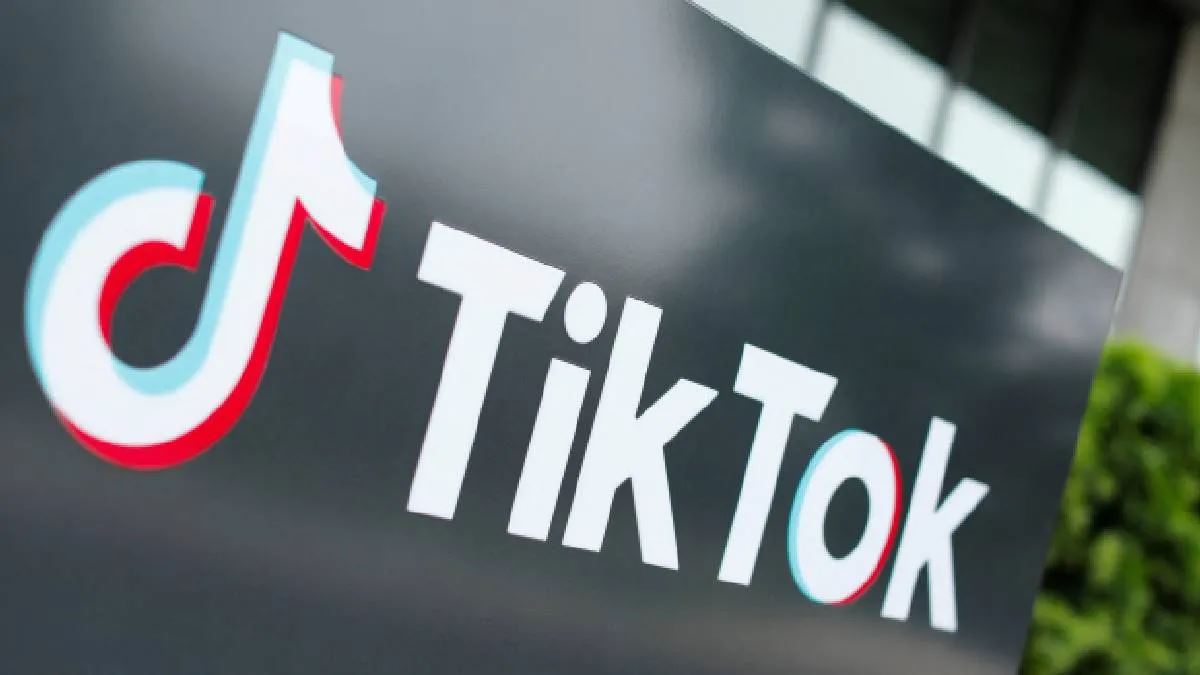After ramping up remote hiring in 2020, major companies are bringing people back into the office. In early 2025, Google’s remote workers moved to a hybrid schedule, spending three days in the office, while Amazon withdrew hybrid options entirely. However, after years of flexibility, employees are finding the transition to be difficult. For example, months after AT&T returned to a fully in-office model, employees expressed a significant decline in engagement.
This isn’t just affecting big-name businesses. Across the board, the push for returning to the office is presenting challenges. At a former employer, I witnessed leadership struggling with the issue. To encourage compliance, the CEO suggested a reward: bringing in lunch for the people who show up. As the CHRO, I considered this option. Leadership wanted people in the office, people like food and we already offered a weekly breakfast. So why not bring in lunch too? But I didn’t think that was the right way forward, so I said, “Maybe we shouldn’t.”
The CEO was shocked. Why would I be against rewarding individuals to motivate a desired culture change? But the truth was that I believed we could make that perk have a far more substantial impact.
Purpose Is The Pivot That Can Shift A Culture
Bringing fun, informal activities like a team meal into the office is an easy way to invite quick wins. People feel appreciated and are more inclined to build workplace relationships. Once the novelty wears off, however, such a reward is less likely to sustain motivation.
Perks should be grounded in an intentional purpose and aligned with broader cultural goals. When a reward reflects the value of working from the office, like relationship building or personalized development, it can more effectively sustain a culture that supports it.
Bringing The 4Cs Into WFO Policies
Encouraging team members to embrace a WFO culture requires narrowing that goal into a more targeted purpose. Start by considering the 4Cs of culture building: connect, collaborate, co-create and celebrate. Then, determine which matters most when it comes to being together in person and advancing organizational objectives.
• Connect: Some studies suggest that being in regular contact and proximity with others is essential to our health and well-being. But there must be genuine value to bringing people together and a clear connection to overall business goals.
• Collaborate: As part of research into team effectiveness, McKinsey identified 17 behaviors that collectively accounted for most of the differences between low- and high-performing teams. One was collaboration, defined as how well teams operate on agreed-upon norms that accelerate working together effectively. Many projects, like research and development or event planning, would have more meaningful results if they were completed together.
• Co-Create: When you bring together technologists, academics and other cross-functional stakeholders to solve problems, creation must flow from interactive discussions. This leads to more effective interventions and higher uptake. In fact, according to a 2025 study into employee experiences, co-creation participants emphasized how much they enjoyed interacting and getting to know each other better.
• Celebrate: While often overlooked, this fourth C is where cultures and traditions are made. Research shows that the act of celebrating and being celebrated induces feelings of greater motivation, self-efficacy and satisfaction. Skipping celebrations, meanwhile, can lead to chronic stress. For people to understand the purpose of the WFO culture that leadership wants to encourage, celebrating must be a priority in the workplace.
By understanding organizational priorities in relation to these 4Cs, leaders can design a stronger WFO experience and rewards systems that reinforce the purpose of being together.
Empower Managers To Build Stronger Relationships
It’s important for people leaders to foster growth, trust and accountability within their teams. But they need the right support for that to happen. In the case of bringing in lunch, it’s likely most people would simply take the food to their desks. Instead of dining “al desko,” empower managers to go al fresco and invite their direct report out to lunch. This is a more meaningful perk because team members get coaching, guidance and relationship building with a dash of managerial accountability.
That’s exactly what we did, and after only a few months, people were remarking on the positive difference it made, such as greater connection, coaching and accountability. All it took was a simple pivot to align the same reward with the purpose of fostering an in-office culture, and more people got on board with the shift.
Let Purpose Shape WFO Initiatives
Hybrid roles may not always be possible. But for companies with the flexibility, it can provide a competitive advantage—especially if the design is intentionally focused on purpose. First, determine your organization’s 4Cs priorities and how each element can encourage the WFO culture you desire. Then, decide the number of office days per week by considering how many projects, initiatives and rewards will drive that purpose.
If you treat people well and encourage them to connect with the company culture, they’ll be motivated to do more for a business. Offering perks must reinforce the desired culture if you want them to be an effective part of that equation. By focusing on that purpose, you can shape a more effective rewards strategy.




















